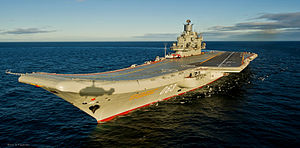
The enigmatic Admiral Kuznetsov, Russia’s sole aircraft carrier, embodies a unique blend of power and vulnerability, an archetype of naval engineering that draws both awe and scrutiny. Designed as a “heavy missile and aviation cruiser,” the Kuznetsov was envisioned to wield an intimidating missile arsenal along with its aviation capabilities.

With a complement of 24 rotating launch tubes for the Gauntlet surface-to-air missiles and formidable P-700 Granit anti-ship missiles, this warship, if thrust into battle, could have wielded substantial firepower against adversary fleets.However, the carrier’s actual service life paints a starkly different picture—one marred by mechanical failures and disasters.
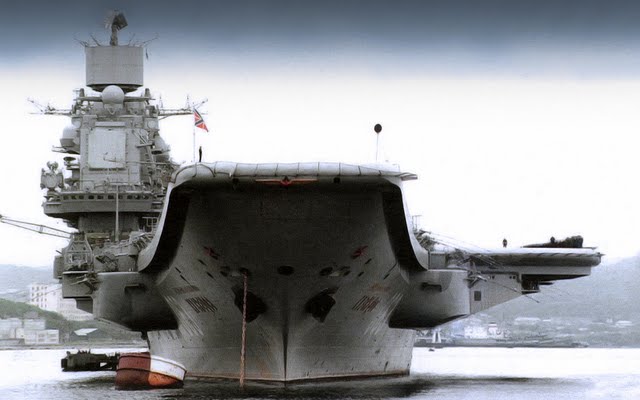
Not only has it suffered from the limitations of an outdated Mazut fuel system, spewing excessive black smoke and signaling its operational inefficiencies, but it has also been haunted by accidents including a crane collapse and devastating fires. These mishaps have subjected the Kuznetsov to extensive repairs, sidelining it from projecting Russian naval power as initially intended.
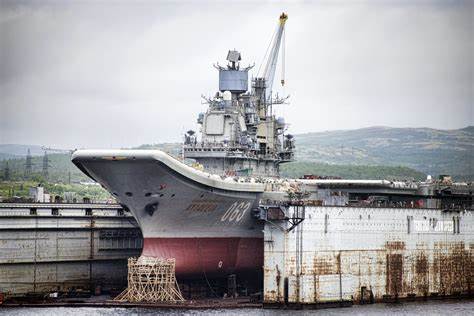
Despite being a visible symbol of Soviet-era military ambition and a potential threat with its “missile farm” approach aimed at challenging American carrier groups, the Kuznetsov’s operational troubles have kept it from fulfilling its potential.
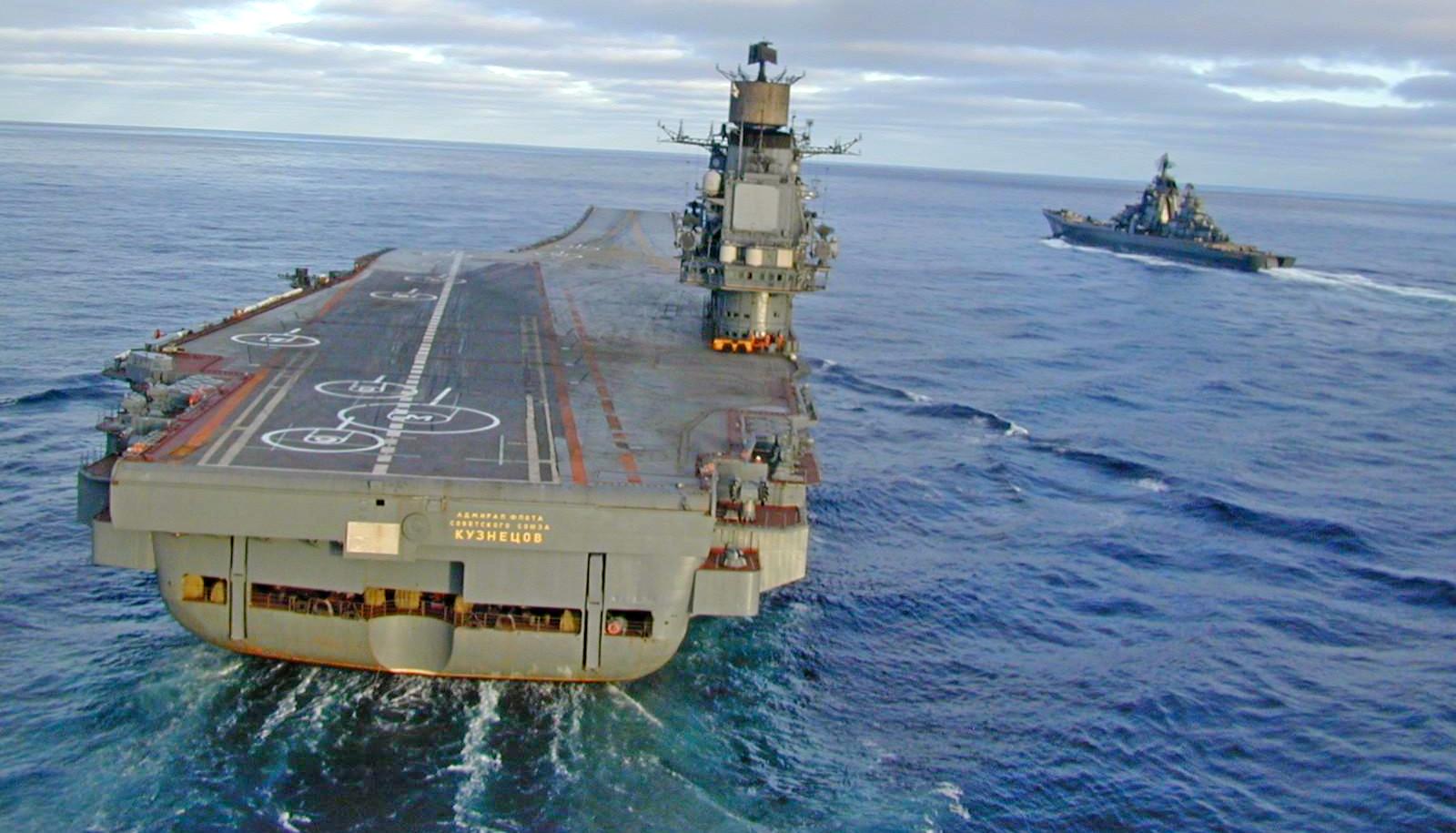
The heavy anti-aircraft defenses, the Kashtan close-in weapon systems, and the UDAV-1 sub-killing rockets indicated a readiness for combat scenarios that it would never encounter.
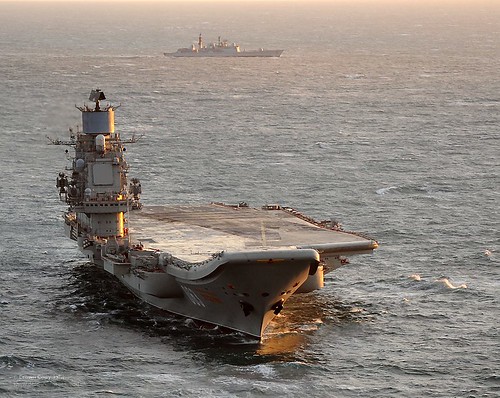
A source described the carrier as “cursed,” given its litany of operational failures and limited aircraft capacity that starkly contrasts with its robust missile capabilities.
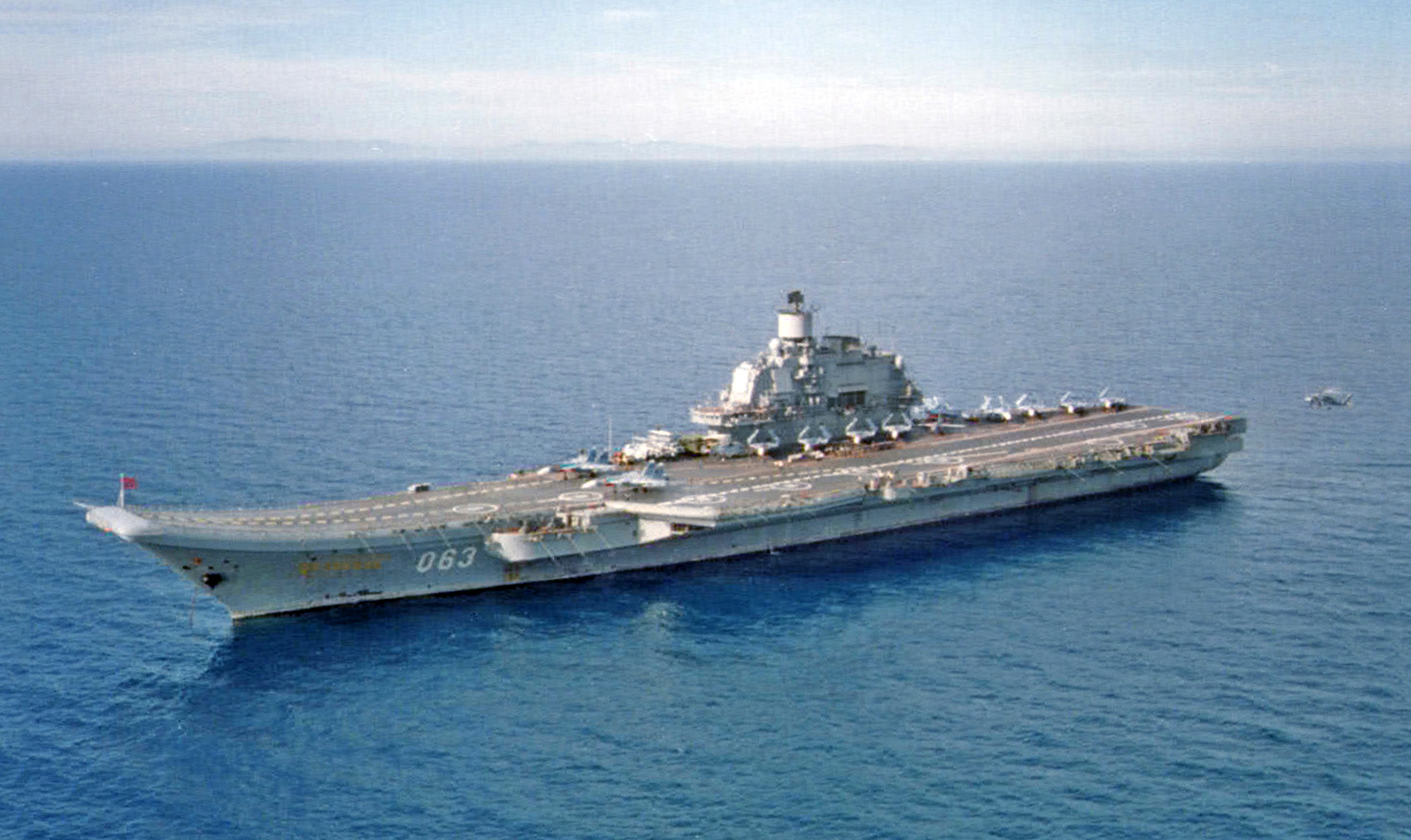
The Kuznetsov’s limited flight group, comprising Su-33 and MiG-29K fighters, underscores another significant compromise.
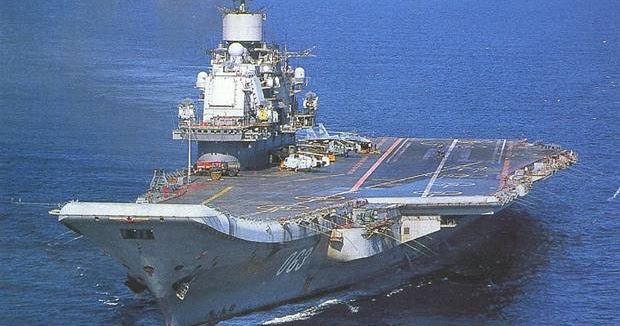
The aircraft take off from a ski jump instead of catapults, reducing their ordnance-carrying capacity. Furthermore, the absence of modern support aircraft for electronic warfare or airborne early warning indicates an aviation contingent that is behind the curve.
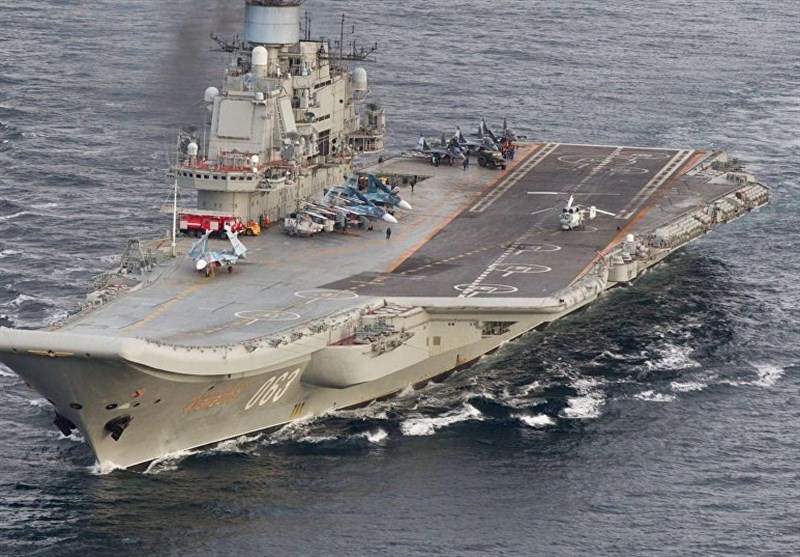
Strikingly, the Kuznetsov’s smoky trail became emblematic of its struggle, with Russian Admiral Ivan Vasilyev claiming that the black smoke was deliberately created to announce the Russian’s presence, a statement that was met with skepticism given the ship’s notorious reliance on the heavy fuel Mazut.
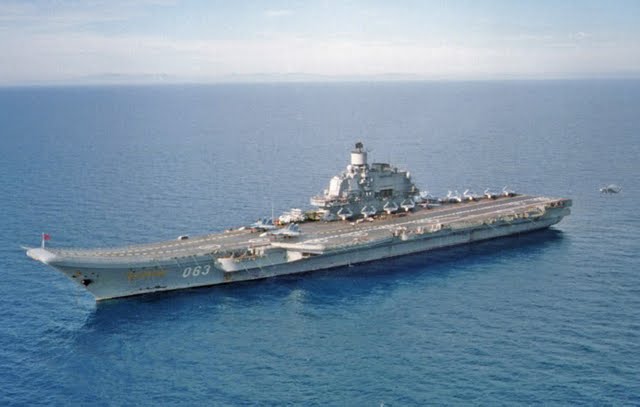
The heavy fuel system—reliant on an intricate system of boilers and pipes—has often failed, leaving the carrier limping at reduced speeds, occasionally requiring tugboat escorts.

The Kuznetsov, nonetheless, remains an intriguing study in naval warfare. Its array of carrier-killing missiles and aviation capabilities, though untested in combat, reflect a strategic approach that diverges from traditional aircraft carrier designs.
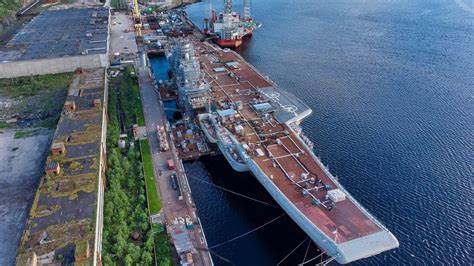
It was intended to keep adversaries at bay with a powerful missile salvo, operating in a battle group fortified by other surface vessels and submarines, capable of launching coordinated attacks.
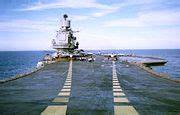
Despite its status as a floating relic of Soviet power projection ideals, efforts to modernize the Kuznetsov hint at Russia’s intention to maintain a semblance of naval prestige.
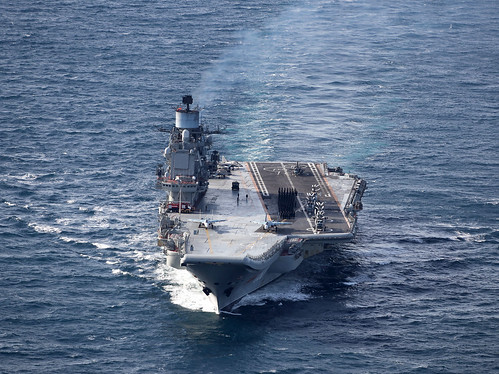
Rumored upgrades, including new gas turbines to replace the problematic boiler system and updated defensive weaponry, suggest a persistence in salvaging the carrier’s reputation.

While the Admiral Kuznetsov continues to undergo repairs, with its return to service uncertain, the world watches with a mix of curiosity and caution. What was once a vessel that could strike fear into the hearts of adversaries now serves as a poignant reminder of the shifting tides in naval technology and the unpredictability of military innovation.
Relevant articles:
– Russian Aircraft Carrier Admiral Kuznetsov Was Built to Fire a “Missile Farm”, The National Interest
– Why Does Russia’s Last Aircraft Carrier Pump Out So Black Smoke?, nationalinterest.org
– Russia’s Carrier Was Designed To Be Heavily Armed Even Without Its Air Wing, The War Zone
– Looking for an Adminral Kuznetsov cutaway?, AR15.com
